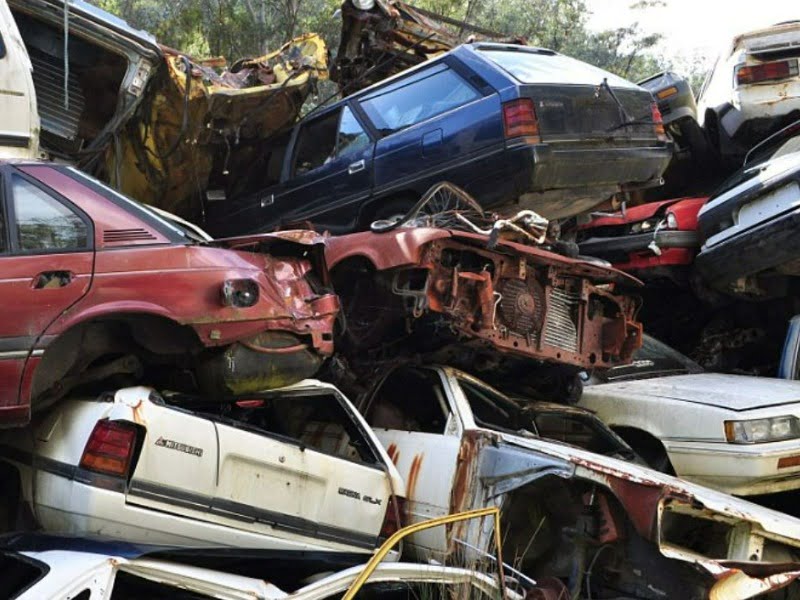Australian scientists on Friday unveiled a new platform to push the world’s economic powerhouses to reduce waste and improve use of recycled materials and components.
The tool is the result of a decade’s worth of research and development by the CSIRO, UNSW and Vienna University for the United Nations Environment Programme and draws on data from countries all over the world to create a comprehensive materials footprint indicator.
Heinz Schandl is group leader for urban and industrial transformations at the CSIRO and is co-author of a paper on the new tool published today in the journal Nature Sustainability. He told InnovationAus that the project was a significant step towards sustainable global supply chains.

“What we found over time is that some countries, some very high-income countries, like the UK, or Japan, very successfully reduced their material use over time,” Dr Schandl said.
“And the reason they were able to do that was because they did not calculate the impact they had beyond their borders in regards to the supply chains that they’re using for final demand in their countries.”
Because most measures up to this point have ended at national boarders, the true footprint of individual and national consumption has not been fully understood or acknowledged.
Dr Schandl said material footprint can be used as a proxy for environmental pressure and environmental impact across the board.
By comparing individual material consumption country to country, we can track the true impact of consumption on a global scale and hold the correct countries and individuals to account for excess consumption.
Accurate supply chain visibility is the vital backbone needed for to create any kind of meaningful global circular economy. Tracking where waste is occurring, and materials are available for reuse on a global scale will allow governments and companies to find and exploit economic benefits hidden in the current system.
It is widely hoped that revealing the economic upside of waste reduction will substantially drive greater reuse and environmental benefits.
“The question is: can we keep materials in circulation, adding value many times more over?” Dr Schandl said. “And then we say, well, this actually has a lot of environmental co-benefits. It creates additional employment, so it also has social benefits.”
This new tool’s release comes on the back of several domestic Australian announcements also addressing material footprint and waste.
Earlier this week government-funded body, NSW Circular, announced the release of its own data tools, designed to provide greater insight and transparency around government and corporate waste and recycling.
“If you can’t measure something, you can’t manage it,” said chief circular economist for NSW Circular, Dr Kar Mei Tang.
This is the major driving factor behind the new international benchmarking system as well.
Dr Schandl said this project showed the prowess of Australian research and its global reach and policy impact.
“This sets the stage for the question of sustainable materials management, which is obviously very closely related to the question of circular economy or attempts to achieve a circular economy,” said Dr Schandl.
“And what it allows us to do is to look at all the different aspects of the circular economy, from design, to recycling, to repurposing to repair, everything can be included in that framework.”
Do you know more? Contact James Riley via Email.
